New Puppy Shopping List
- Emily Ralls
- May 16, 2022
- 7 min read
Updated: Jul 29, 2022

Shopping for a new puppy can be both exciting and daunting. I have put together a list of the basics every puppy needs.
This post contains affiliate links. For more information, see my disclosures here.
—Toys/Chews—
Dogs have different toy preferences (ball, rope, stuffed toy etc). You can buy a variety of toys to start with, see what your pup prefers and go from there. Toys should be size appropriate, if you wonder if it’s too small, it probably is. Always watch for pieces that are broken off or torn off, including stuffing. If a small part comes off, it's time to throw that part away and examine if the whole toy is ready to be retired. It's important to remember a determined dog can destroy just about anything. Some toys are stronger than others, but eventually, they all break down.
These are some of my dog's favorite toys:
Fluff and Tuff toys are always a winner at my house. They are durable stuffed animals with an anti puncture squeaker. We have one that has lasted us 4 years. It is in rough shape, but still a solid toy. Rope and tire toys are great for puppies who love tug, it also gives them something rubber to chew on. The spiky, squeaky balls are one of my dogs' favorites but one of my least favorite. They are great for fetch, but they have a very loud squeaker. I am never sad when the squeaker finally goes out in this toy.
For a change of sound, crinkle toys are always a win with my dogs. They enjoy that it makes noise when being shaken and are great for games of tug too! Lastly is the Jolly Ball. Jolly Ball have super tough toys. My border collie loves his. He will herd it around the yard and play for hours. They have different color and size options for any puppy.
For chews, appropriate hardness, puppies do not have their strong adult teeth yet real bones are too hard for their puppy mouths. Nylabone and Kong are great brands for young puppies. Always supervise dogs and puppies with new toys/chews. Edible chews are also a great option. The puppy can consume it and it will break down completely in their system (unlike rawhide). My dogs LOVE pig ears, bully sticks and yak cheese.
Yak cheese and bully sticks are good for edible chews. Yak cheese in particular lasts a decent
amount of time and does not smell (unlike some of the other chews)
Classic Kongs have a lot of uses. They are great for stuffing and freezing. It helps soothe sore gums, occupy the puppy, work their brain and can teach them to self soothe.
Check out Kong's website for stuffing ideas! I use Nylabone for teething puppies. The bumpy rubber helps with teething, they can be frozen and come in edible versions.
*Always supervise your puppy with any chews/treats/toys to prevent choking.
—Treats—
Just like with food, there are a lot of different types of treats. Soft, small treats are perfect for training sessions (even for large puppies). Crunchy can be good for potty training. Larger treats are good for the occasional just because treat. The most important thing is to find something your dog likes and will work for. My lab LOVES Milk Bones, whilst my German Shepherd/husky needs something more meaty. Just like people, dogs have preferences!
Some of my (and my clients) favorite training treats include:
I have found majority of dogs like these particular treats.
—Crate—
Crate training keeps puppies (and dogs) out of trouble. They speed up potty training and reduce stress for both you and your new puppy. Thinking of your puppy like a toddler, would you give your toddler free roam when you are not closely watching? No! Why would you let your puppy free roam, especially at night or when you are not home. Does this mean your dog will always have to be crated? Not necessarily. Unsupervised freedom is earned.
An alternative to crates are exercise pens. (Bonus the crate and pen can be used together!) The downfall of the pen is many puppies learn to climb or jump out. This is a better solution for small puppies or when you are home but preoccupied (think a pack and play for a young child).
—Bed/blanket—
I like to have two beds, one in the crate (or a create mat like this) and one as a designated spot to lay outside the crate. If they are having accidents in their crate, inexpensive blankets or old towels work great. Easy to clean. If they are destructive in their crate, I take it all away. It is better for them to lay on the bare tray for a few hours than to risk consuming fabric. An alternative to a bed is a raised bed or cot. When you are working on training the place command, the raised bed helps them to understand where the boundaries are. You can always put a comfy dog bed on top of the raised bed. If you have a dog breed that is prone to overheating, a raised bed can help keep them cool during the warm months.
Beds like this are great for puppies who love to snuggle in.
And ones like this for the puppies who like to sprawl out.
—Leash/Collar—
4’-6’ nylon or leather leash is perfect. Long enough they can walk away to go potty, short enough the leash is easy to manage. (I only use chain leashes like this for dogs who will not stop chewing through their leash.) Long lines (10’-30’ nylon leashes) for training recall/long distance obedience.
For small puppies, look for a thin leash with a small clasp.
The large metal clasp can be too
heavy for small puppies.
Try to avoid flexi/extendable leashes. Flexi leashes have less control, risk of breaking, and can put your dog in more dangerous situations (the dog out at the end who decides to run into the road unexpectedly). There are very specific occasions these types of leashes are beneficial, your everyday walk is not one of them.
Standard flat collar is perfect for attaching identification and a leash when needed. You should be able to fit two fingers between the collar and the dogs neck. For a Houdini puppy, a martingale collar will prevent slipping out. When you start doing training with your puppy, the type of collar you use may change (such as using a slip lead or prong collar). Reach out if you are having issues with leash your puppy choking itself while on leash, there are ways to stop this without switching to a harness.
I typically try to avoid harnesses. An ill-fitted harness can cause discomfort, the puppy can slip out and/or it encourages the puppy to pull (think about a sled dog, how are they hooked to the sled? A harness!). The exception to no harnesses is buckling up your puppy in the car. If a car crash were to happen, last thing you want is your puppy being yanked back by its neck or become a projectile.
Bonus tip: the safest place for you puppy in the car is a secured crate or buckled in. NOT your lap. You can purchase a restraint that buckles right into the car or if your puppy is small and you want them to see out the window a dog booster seat is a great option!
—Identification—
A name tag with your dogs name and phone number(s) to reach you at in case of escape. Especially important if the dog has not yet been microchipped. An alternative to a name tag, is a name plate or collar with with your information embroidered on it.
—Food—
Food can be one of the more tricky things to pick out. There are so many brands and types. Puppies need to be on puppy food until they are a year old. There are important supplements in puppy food that adult dogs don’t need. If you have a small or large breed dog, buying food catered towards their size is great. They have different kibble sizes and calorie numbers. Learning how to read the labels on dog food is a great skill. You want the first ingredient to be a protein source and a second protein in the top 5. Don't be afraid to ask for help and do your research.
AKC and Home Alive Pets both have wonderful articles to help you learn how to read labels and understand what to look for/stay away from.
—Dishes—
Metal or ceramic food dishes are the easiest to keep clean. The benefit of ceramic dishes is they are harder for a puppy (or dog) to flip. Auto-Waterers (like this one) can be great, just make sure they are cleaned out regularly to avoid slime build up and bacteria.
Using slow feeder or puzzle feeders are a great way to slow down your puppy and work their brain at the same time. Slow feeder dishes/puzzle dishes, come in a variety of shapes and patterns. Having a few to rotate through is wonderful enrichment for your puppy.

You can forego the food dish altogether. Hand feeding the puppy and using kibble for training is a great way to bond and build drive.
—Grooming Supplies—
Grooming is an essential part of your puppies wellbeing. Depending on their coat type and length this can be a little daunting.
As a starting point you will need: a gentle (oatmeal based is great) shampoo AND conditioner, nail clippers or Dremel, brush/comb, ear wash, toothbrush and toothpaste. (Follow the links above for some of my favorite products.)
Now to get more specific.

For thick coated dogs (like huskies) I swear by this rake. It does an amazing job of pulling out the undercoat without damaging the fur. Go through the coat with the big side to get big chunks, then follow up with the small side for the rest.
Long haired dogs need a wide-tooth comb (I prefer metal). This will allow you to gently brush out any tangles before switching to a slicker brush.
Lastly, I keep a rubber brush in my arsenal. This is wonderful during bath time to really scrub through that fur and get your puppy clean. Plus, many enjoy the massage
If you need additional help, reach out to a local groomer. They will be able to cater to your specific puppy's needs!
—Cleaning—
Accidents are going to happen. Be prepared to clean up properly. Dogs have noses much stronger than ours, purchase a cleaner that breaks down what they can smell that we can’t. Look for enzymatic cleaners, I prefer Nature’s Miracle or Skout's Honor. I use Nature's Miracle to wash dog bedding as well! It is great for just getting out that "dog smell". Invest in microfiber towels, they are great for cleaning up puppy messes without wasting paper towels.

This list is not all inclusive. There are other items that your puppy and you can benefit from. However this sums up what I consider the most important products to start you both off on the right foot/paw!
Disclaimer: The above are based off my own opinions and experience and should be treated as such. I am not a licensed groomer, nutritionist or veterinarian.




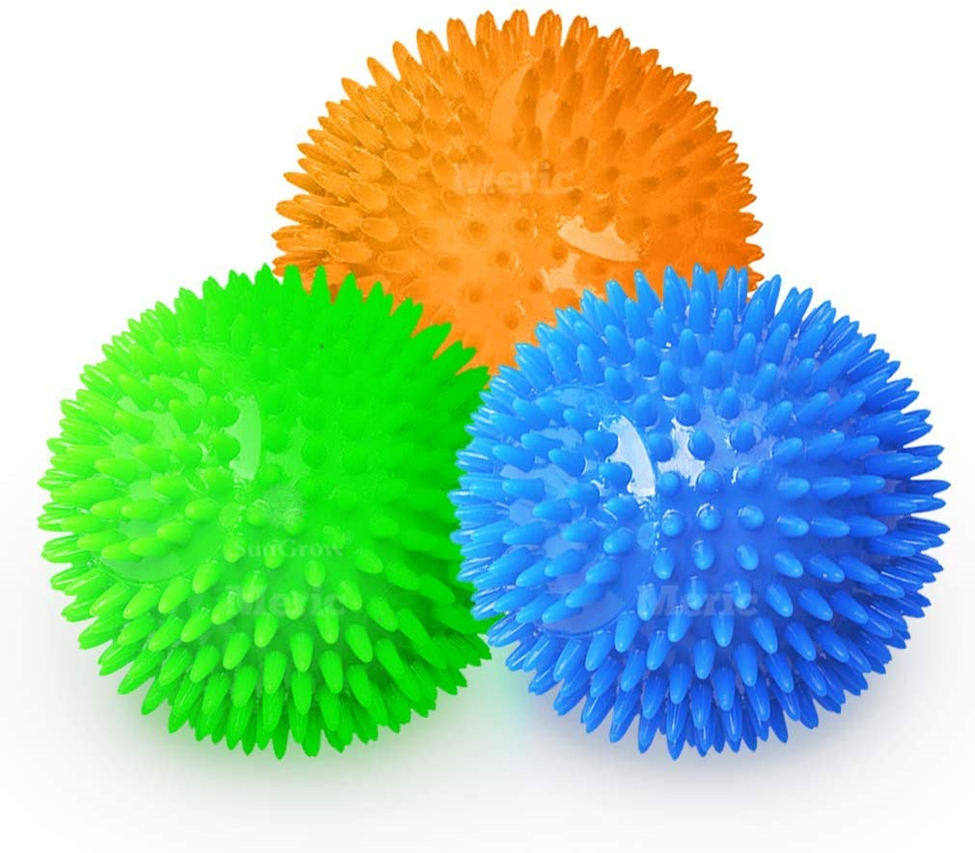












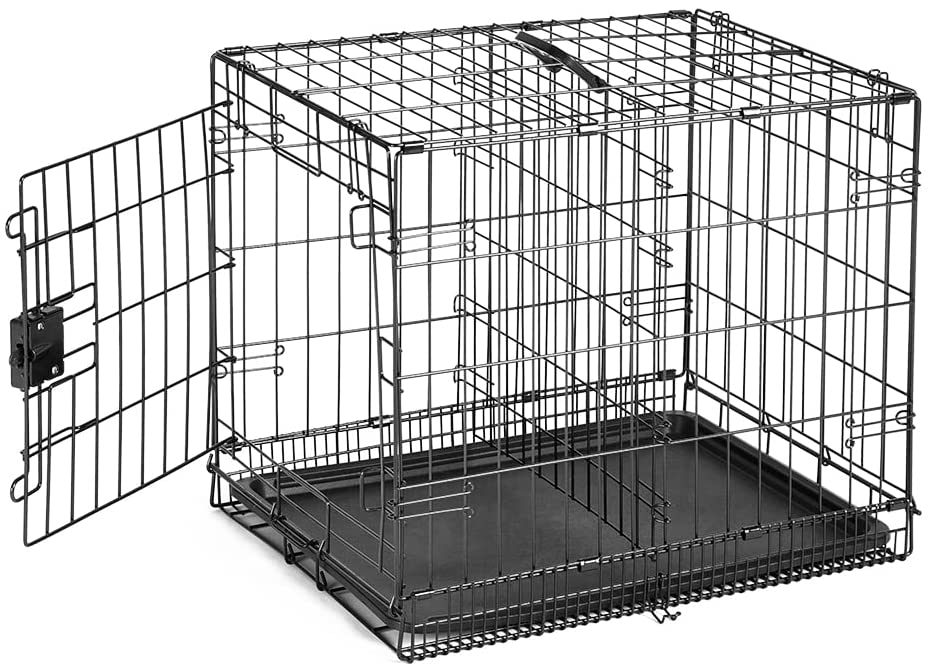






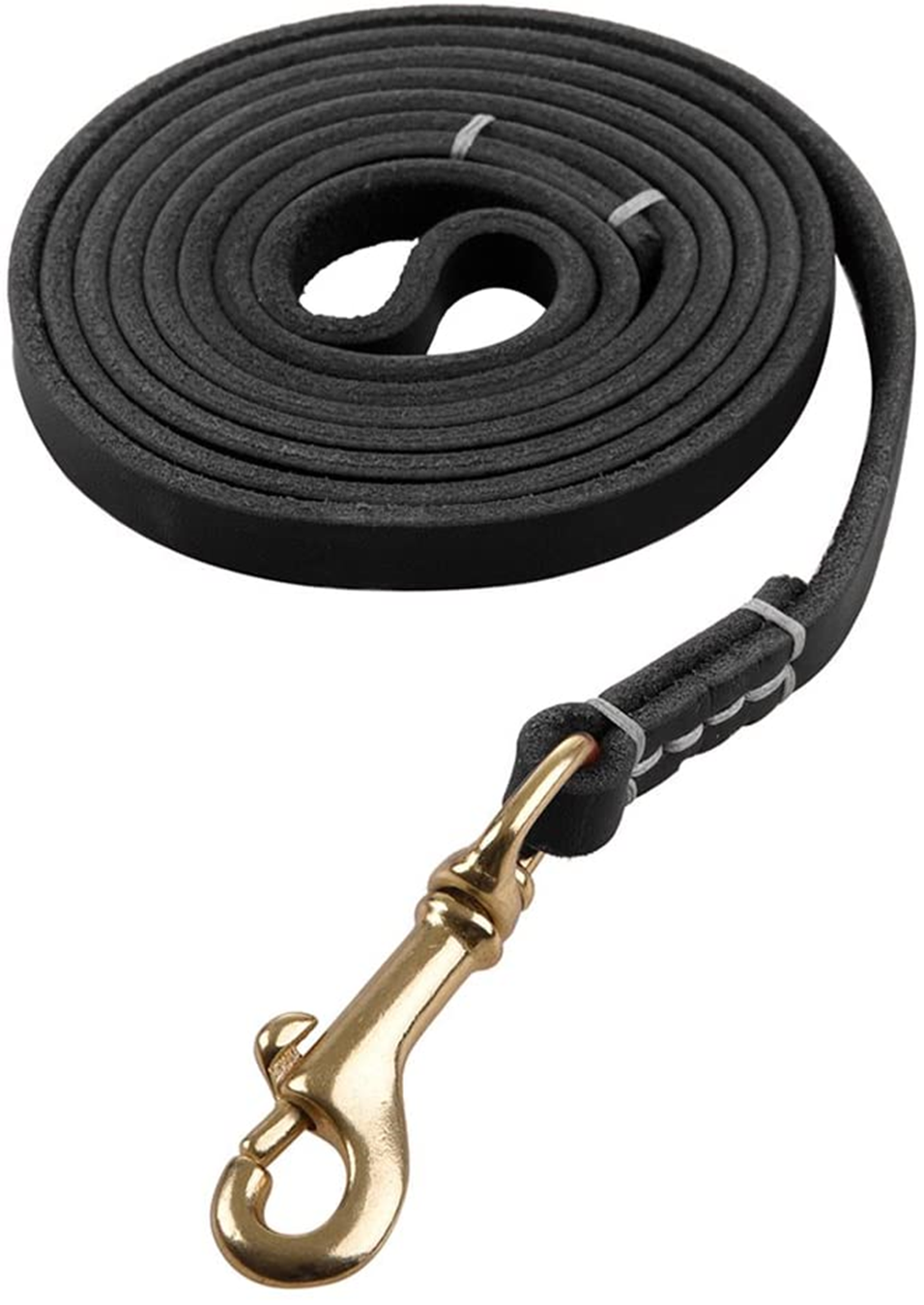
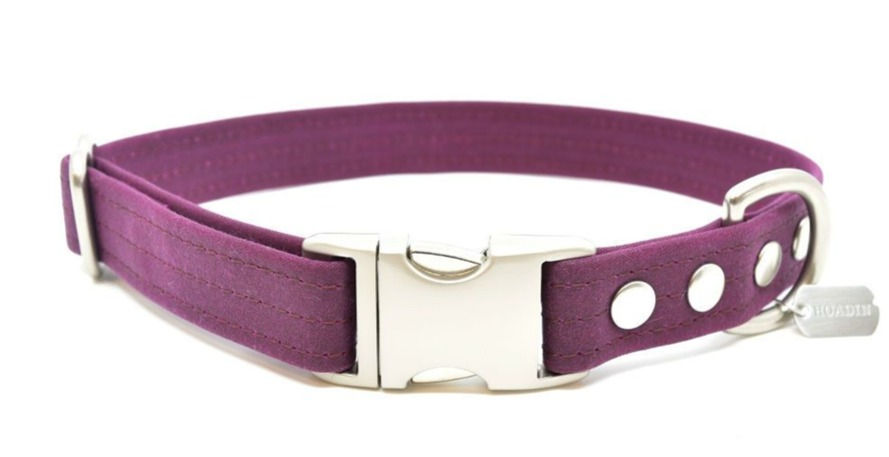


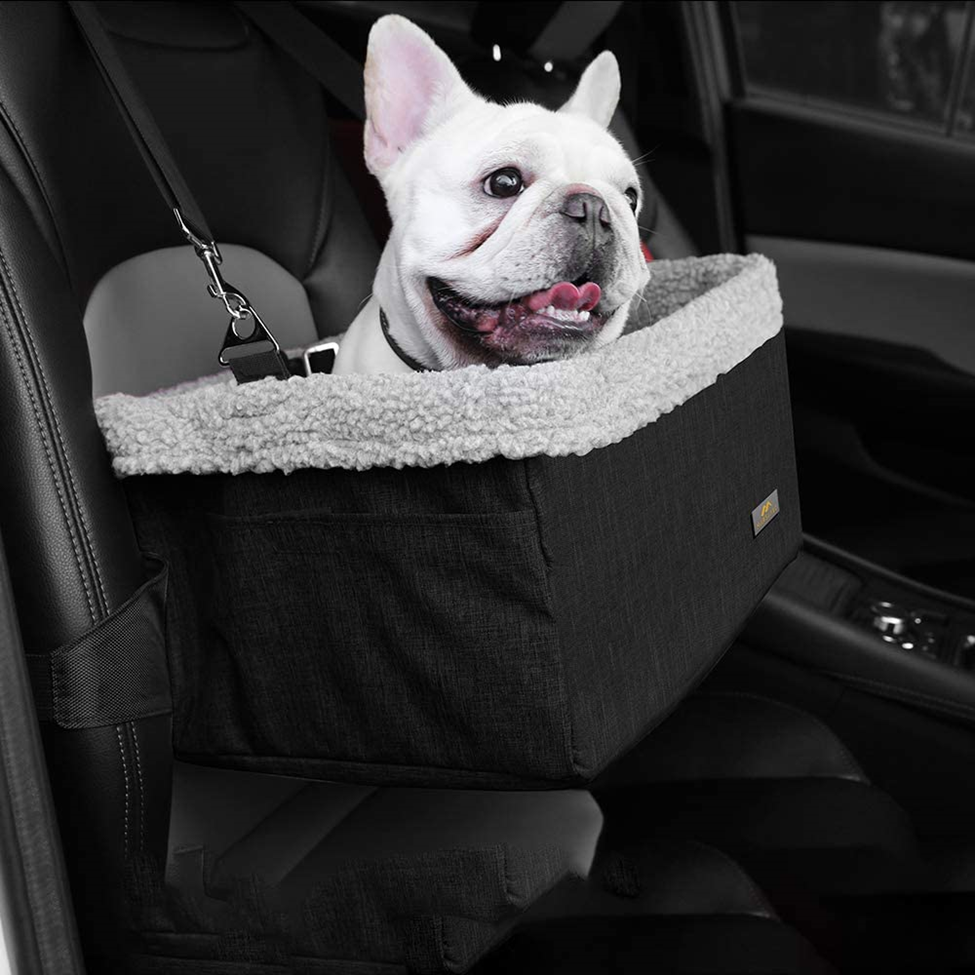









Comments